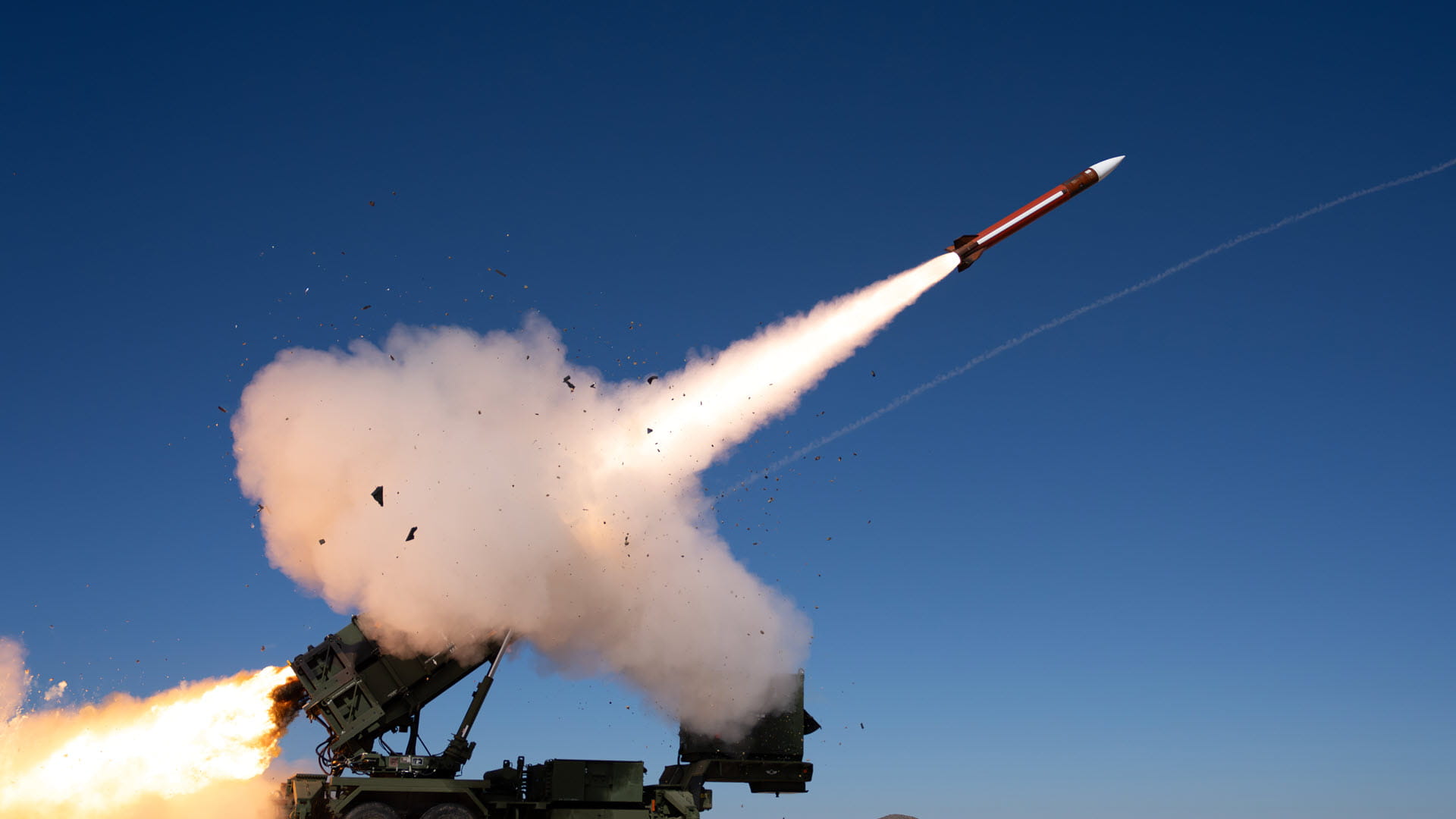A message to girls: Math is cool
Space engineer Julie Montoya shares the story of her STEM career
The first day of a new job can feel overwhelming. It was for Julie Montoya in 2008, when she started at what is now Raytheon Intelligence & Space.
“I hid in the bathroom, called my dad and cried,” she said. “It was the ‘impostor syndrome,’ doubting my abilities and feeling like a fraud.”
Impostor syndrome – the feeling you’ve faked your way to success – is a common problem among high-achieving women. But it’s no longer a problem for Montoya, who has grown comfortable and confident about her skills, knowledge and talent – and wants other women and young girls to do the same.
Montoya is a featured speaker for the Denver Museum of Nature & Science’s Girls & Science event in the Raytheon Technologies virtual clubhouse.
“It’s important to catch girls young while they are still in middle school,” said Montoya. “My dad, who is a math teacher, was able to counter the negative messaging and boost my confidence. Not all girls have that, so I’d like them to have someone.”
In her presentation, Montoya discusses her work in the clubhouse on the Visible Infrared Imaging Radiometer Suite, or VIIRS, program, an instrument on the Joint Polar Satellite System, which informs scientists and researchers about snow and ice cover, clouds, fog, aerosols, hurricanes, fires, smoke plumes, dust and vegetation health. Montoya typically works out of RI&S’ facility in El Segundo, California; however, she is currently doing a one-year stint in Arizona.
“I am the on-site support for VIIRS as they install it on the spacecraft, shepherding it through test, running the analysis of the data, and making sure it works as advertised,” said Montoya, RI&S lead systems engineer for VIIRS post-delivery support.
In space engineering, the pressure is high and the implications are great. That’s part of the appeal for Montoya, who learned the importance of things like caution and precision during an internship at NASA’s John Glenn Research Center near Cleveland.
“We watched a video of the Challenger space shuttle explosion, learned about O-ring erosion and how it caused this tragic disaster,” Montoya said. “Every little decision when working in the space field is high stakes. Temperature testing a gasket is an incredibly important decision. I like that kind of job.”
When speaking to girls about choosing a field in STEM, Montoya emphasizes that they can make a difference, but they have to put the work in.
“I tell them that learning fractions right now might not seem too interesting…I happen to think fractions are exciting but maybe they don’t, It might be hard now but it’s working toward an exciting future,” she said. “Every day they go to work they could be doing something exciting and important. They could change the universe.”
She also lets girls know that it is OK to be weird and geeky.
“I remember that in middle school so many kids spent so much time just trying to be cool, wearing the right clothes and the right shoes. It seems so silly now,” she said. “I tell girls to spend more time being themselves instead of trying to fit in, because now all the coolest people I know are the weirdos.”
She wants them not to suffer from the false sense that they don’t belong, and to know they’ve earned their position.
Going back to that first day on the job – one of the girls at a session even asked her about it – Montoya now knows the key lesson was not how it started, but how it ended.
“On that day, I learned to take a deep breath, go back to math and remember that I always knew how to solve equations,” Montoya said. “In the end, it’s nothing but equations.”




